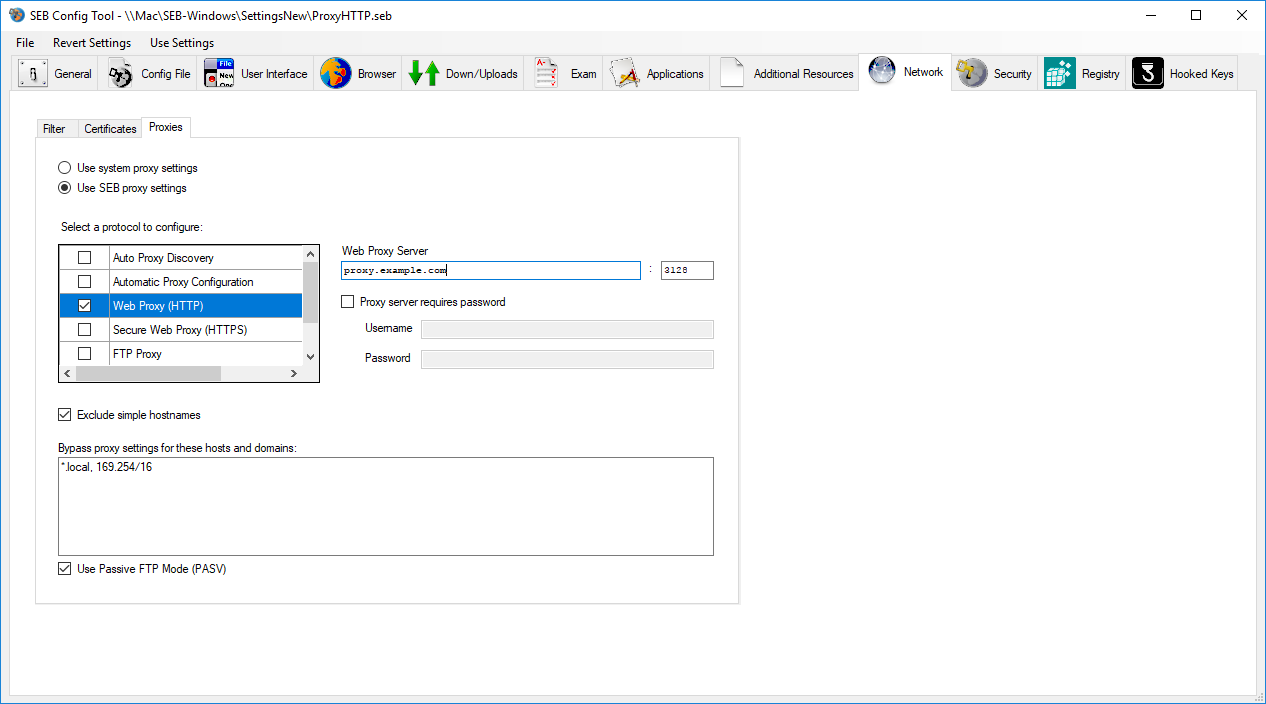

Requiring students to all use locked down browsers during an exam session can exacerbate this problem. Institutions don’t always have the infrastructure necessary to support a bring-your-own-device model, which can equate to thousands of devices simultaneously connected to campus networks each day. However, these aren’t always realistic or even complete solutions to these problems.

#SAFE EXAM BROWSER INSTALL ISSUES SOFTWARE#
Short of teaching computer safety best practices, instructors can recommend students backup their computers before each test to be safe or install anti-virus software before downloading locked down browser software. Invasiveness of Locked Down BrowsersĮxam solutions that use locked down browsers can cause computers to crash, prevent applications from working even after the test is complete, or put student devices at risk for viruses. Here are a few key problems with locked down browser technology which can impede a smooth and secure exam session. Common Problems Associated with Locked Down Browsers And beyond creating issues during testing, these tools aren’t completely effective in preventing academic dishonesty. The idea behind locked down browsers may seem foolproof, but these tools can introduce many new problems for students, instructors, and institutions. Testing tools like locked down browsers ostensibly protect exam integrity, and implementing a computer-based testing platform that employs this technology may seem like the right solution to prevent academic dishonesty. For all the validation that comes from helping students succeed, it can be disappointing when students don’t maintain academic integrity on assessments or assignments.Īs more educators adopt computer-based testing software, students continue to find new methods to pass tests without mastering the content.

Educators dedicate their time and effort to help students learn.


 0 kommentar(er)
0 kommentar(er)
